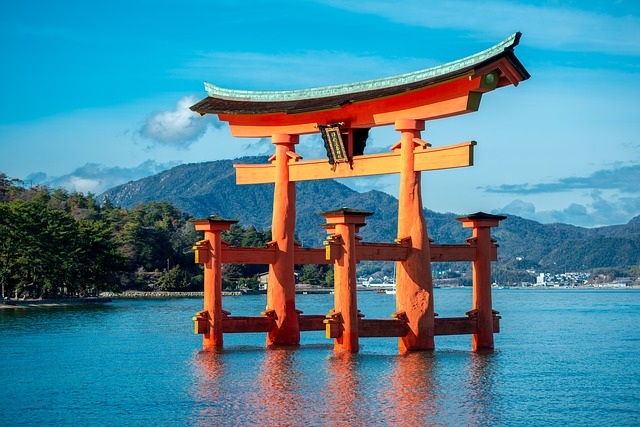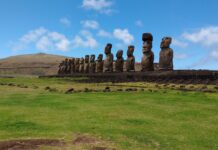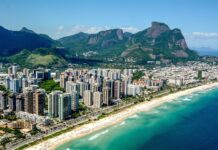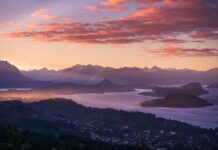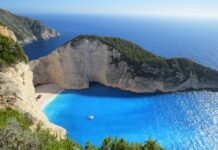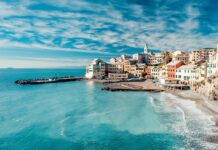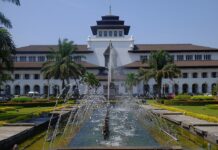Hiroshima, the principal city of the Chugoku Region, is a city that has risen from the ashes to become a symbol of peace and resilience¹. Home to over a million inhabitants, Hiroshima is known worldwide for the tragic event of August 6, 1945, when the first atomic bomb was dropped over the city¹. The destructive power of the bomb obliterated nearly everything within a two-kilometer radius¹. However, the city’s recovery has been nothing short of miraculous.
After the war, great efforts were taken to rebuild the city. Destroyed monuments of Hiroshima’s historical heritage, like Hiroshima Castle and Shukkeien Garden, were reconstructed¹. In the center of the city, a large park was built and given a name that would reflect the aspirations of the reborn city: Peace Memorial Park¹.
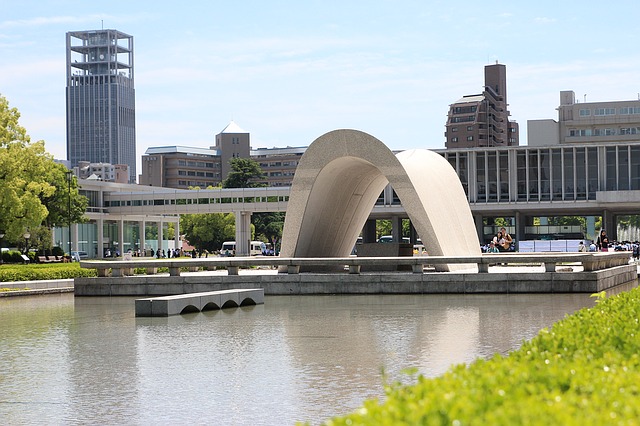
Top Attractions
Hiroshima offers a variety of attractions for visitors. The Peace Park is a must-visit, serving as a reminder of the drop of the atomic bomb¹. The Mazda Museum offers museum and factory tours of the car maker¹. Shukkeien Garden is a beautiful Japanese landscape garden¹, and Hiroshima Downtown is a bustling area full of life¹. Hiroshima Castle, a reconstruction of the former castle, is another popular destination¹.
While in Hiroshima, don’t forget to try Hiroshima-style okonomiyaki and the local oysters². These culinary delights are sure to leave you wanting more.
Hiroshima is easily accessible from Tokyo and Kyoto¹. Once in the city, there are various modes of transportation available, including cycling in Onomichi⁵.
Hiroshima, with its rich history and vibrant culture, is a city that leaves an indelible mark on its visitors. It stands as a testament to the resilience of the human spirit and the enduring hope for world peace.
>> Find Tours & Things To Do in Hiroshima
Side Trips from Hiroshima
There are also several side trips from Hiroshima that are worth exploring. Miyajima Island is known for its shrine and large torii gate¹. Onomichi is a port town with many slopes and temples². Iwakuni is the site of the picturesque Kintai-kyo Bridge¹, and Fukuyama is the second-largest city in Hiroshima Prefecture¹.
Source:
(1) Hiroshima Travel Guide – What to do in Hiroshima City – japan-guide.com. https://www.japan-guide.com/e/e2160.html.
(2) Hiroshima Guide: Things to do in Hiroshima – Japan Travel. https://en.japantravel.com/hiroshima.
(3) Hiroshima Access Guide: Transport and Getting Around – Japan Travel. https://en.japantravel.com/hiroshima/access-guide/63160.
(4) Your Trip to Hiroshima: The Complete Guide – TripSavvy. https://www.tripsavvy.com/your-trip-to-hiroshima-complete-guide-5113179.
(5) Hiroshima Travel Guide | What to do in Hiroshima | Rough Guides. https://www.roughguides.com/japan/western-honshu/hiroshima-around/.
We help you find cheap flights and hotel best deals |
|
Use Xelexi.com to find cheap flight and hotel best deals anywhere! We compare airfare and hotel prices from dozens of leading travel sites and bring you only the best prices. No need to search for promos and discounts on each travel sites, just use our search box to find cheap flights to your destination and the best hotel deals in any location around the world. Xelexi.com searches both the largest booking websites and small local systems. Enabling you to choose the most affordable offers that are not even listed on each service separately. Afterward, if you're into adventure, then look for excursions or things to do at your destination. Get an unforgettable experience. Explore and book amazing tours and activities. Xelexi.com is very simple and fast. We help you find hotels, airline tickets and tours that fit your travel budget. It's free to use. There are no additional and/or hidden costs. So what are you waiting for? Use Xelexi.com now! Let's have an adventure! |

